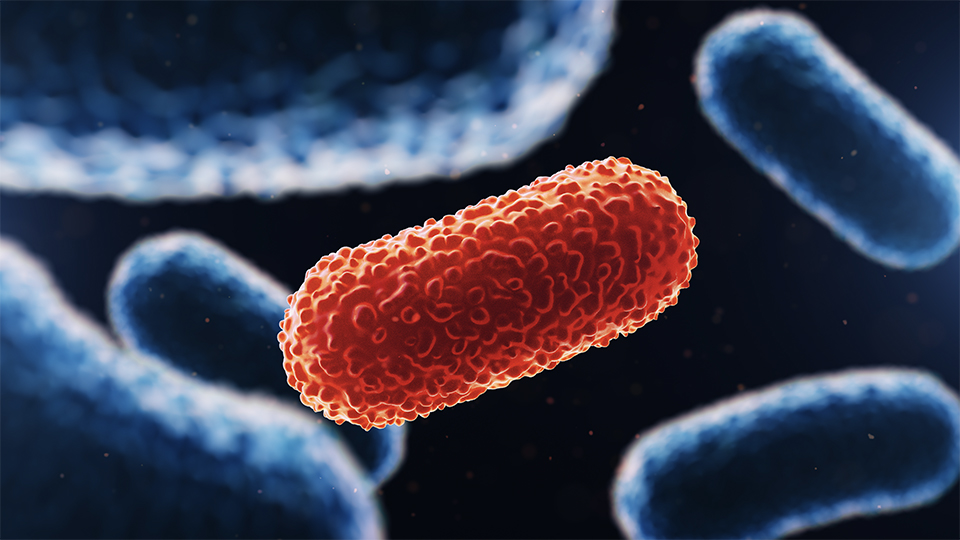Vascular prosthesis infection
DOI:
https://doi.org/10.37051/mir-00245Keywords:
Vascular prosthesis infection, Biofilm, Antimicrobial therapyAbstract
Among infections related to materials, those affecting vascular prostheses are likely the least investigated. This lack of understanding is even more pronounced when it comes to endoprostheses, despite the increasing prevalence of this type of procedure. Approximately 1.5% of all vascular prostheses, regardless of whether they are implanted surgically or via endovascular methods, are affected by this complication, which carries a notable risk of mortality. Contamination by proximity is the primary cause, leading to a diverse range of microorganisms including staphylococci, enterobacteria, and polymicrobial infections. Diagnosis of vascular prosthesis infections remains challenging due to often subtle clinical manifestations, highlighting the crucial role of CT scans in confirming the diagnosis. Treatment typically involves a combination of prolonged antibiotic therapy and surgical intervention, with recent European recommendations providing guidance for clinicians managing these cases.


